- No products in the cart.
Ascorbic acid with glucose 100mg tab 20 pcs Medisorb
$1.07
Ascorbic acid with glucose 100mg tab 20 pcs Medisorb
SKU: 2078921535 Categories: Medicaments, Vitamin C, Vitamins Tags: Ascorbic acid + dextrose, Medisorb
Description
Composition
Active substance:
100 mg ascorbic acid, dextrose (glucose) monohydrate 610 mg;
Excipients:
potato starch 12.7 mg; Stearic acid 7.3 mg.
Description:
round Valium pills white beveled on both sides and mark.
Product form:
Tablets 100 mg + 610 mg.
10 tablets in blisters.
or
20 tablets in a plastic jar.
2 outline packages and together with instructions for use placed in a pile of cardboard.
Outlined packing with equal amounts instructions for use placed in multipacks.
Contraindications
– increased sensitivity to the active substance and the drug component;
– child (up to 3 years);
– deficiency of glucose-6-phosphate dehydrogenase
Carefully
It should appoint a high doses to patients with increased blood clotting, thrombophlebitis and a tendency to thrombosis, as well as in diabetes mellitus and conditions associated with increased blood sugar.
When used in high doses – hemochromatosis, sideroblastic anemia, thalassemia, hyperoxaluria, nefrourolitiaz.
Dosage
100 mg
Indications
– prevention and cure hypovitaminosis C;
– ensuring increased the body’s need for vitamin C in a period of growth, pregnancy, breast-feeding;
– with increased physical and mental stress, fatigue, stress conditions, during the recovery period after a long and serious illness.
Interaction with other drugs
Ascorbic acid concentration in blood increases benzylpenicillin and tetracyclines; at a dose of 1 g / day. of ethinyl estradiol increases the bioavailability (including entering into the oral contraceptives).
It improves the intestinal absorption of iron (ferric iron needs a divalent); may increase the excretion of iron while the use of deferoxamine.
Reduces the effectiveness of heparin and indirect anticoagulants.
Acetylsalicylic acid (ASA), oral contraceptives, fresh juices and alkaline water reduce the absorption and assimilation of the drug.
With simultaneous application of the drug to the ACK increases urinary excretion of ascorbic acid and reduced excretion of ASA. ASA reduces absorption of ascorbic acid is about 30%.
It increases the risk of crystalluria salicylates in the treatment of sulfonamides and short-acting, slow excretion by the kidneys acids, increases the excretion of drugs having an alkaline reaction (including alkaloids), reduces blood levels of oral contraceptives.
Increases total clearance of ethanol, which in turn reduces the concentration of ascorbic acid in the body.
Medicaments quinoline series, calcium chloride, salicylates, glucocorticoid agent for prolonged use deplete ascorbic acid.
With simultaneous use of ascorbic acid reduces the chronotropic isoprenaline effect.
With prolonged use or use at high doses may inhibit the interaction of disulfiram and ethanol.
In high doses, it increases the excretion of mexiletine kidneys.
Barbiturates, primidone and increase the excretion of ascorbic acid in urine.
Reduces the therapeutic action of antipsychotic drugs (neuroleptics) – phenothiazine derivatives, tubular reabsorption of amphetamine and tricyclic antidepressants.
Overdose
Symptoms: The use of more than 1 g may cause headache, increased excitability of the central nervous system (CNS) disorders, insomnia, nausea, vomiting, diarrhea, hyperacid gastritis, ulceration gastrointestinal mucosa, inhibition of pancreatic insular apparatus (hyperglycemia, glycosuria); giperoksalaturiya, nephrolithiasis (calcium oxalate), renal glomerular damage apparatus moderate pollakiuria (when receiving a dose of 600 mg / day).
Reduction of capillary permeability (possible deterioration of tissue trophism). Increased blood pressure (BP), hypercoagulation, microangiopathy development.
In case of ingestion of a potentially toxic dose necessary to induce vomiting, in rare cases – washed stomach, activated charcoal, laxatives (e.g., isotonic sodium sulfate).
pharmachologic effect
Pharmacological group:
vitamin
Pharmacodynamics:
Ascorbic acid plays an important role in regulating the redox processes, carbohydrate metabolism, blood coagulation, tissue regeneration, increases resistance of the organism.
Ascorbic acid (vitamin C) is not formed in the human body, and comes only with food. When a person is not balanced diet deficient in vitamin C. Dextrose involved in various metabolic processes in the body, enhances the redox processes in the body, it improves the antitoxic liver function.
Pharmacokinetics:
Digested completely excreted by the kidneys is not output (the appearance in urine is a sign of pathological).
Pregnancy and breast-feeding
Ascorbic acid penetrates the placental barrier. It should be borne in mind that the fruit can adapt to high doses of ascorbic acid, which is taken by pregnant women, and then the newborn may develop withdrawal symptoms. Therefore, during pregnancy should not take ascorbic acid in high doses, with the exception of when the expected benefit outweighs the potential risk.
Ascorbic acid is excreted in breast milk.
mother’s diet containing adequate amounts of ascorbic acid, it is sufficient for the prevention of deficiency in an infant. It is recommended not to exceed a maximum daily nursing mother needs ascorbic acid with the exception of cases where the expected benefit outweighs the potential risk.
Conditions of supply of pharmacies
Without a prescription.
side effects
Disorders of immune system: allergic reactions;
Violations of the digestive system: irritation of the mucous membranes of the gastrointestinal (GI) tract (nausea, vomiting, diarrhea, spasms of the gastrointestinal tract); inhibition of pancreatic insular apparatus (hyperglycemia, glycosuria);
When used in high doses:
Violations by the kidneys and urinary system:
hyperoxaluria and nephrocalcinosis (oxalate);
Changes in laboratory parameters: thrombocytosis, giperprotrombinemiya, erythropenia, leukocytosis, hypokalemia.
special instructions
Due to the stimulating effect of ascorbic acid on the synthesis of corticosteroid hormones, it is necessary to monitor blood pressure and renal function.
With prolonged use of high doses may oppression function insular apparatus of the pancreas, so in the course of treatment should regularly monitor the functional capacity of the pancreas.
In patients with high iron content in the body should be used ascorbic acid in minimal doses.
Purpose of ascorbic acid in patients with rapidly proliferating tumor and metastatic intensively may increase during the process.
Ascorbic acid as a reducing agent can distort the results of various laboratory tests (blood glucose, bilirubin, “liver” transaminase, and lactate dehydrogenase).
Patients with diabetes should be borne in mind that one tablet contains about 0.06 bread units (BU) in a daily dose (5 tablets) – about 0.3 XE.
Effects on ability to drive and operate machinery
The drug does not affect the ability to drive to work with the exact mechanisms and engage in other potentially hazardous activities that require high concentration and psychomotor speed reactions.
Storage conditions
Store in a dry, dark place at a temperature not higher than 25 ° C. Keep out of the reach of children.
Dosing and Administration
The drug is taken orally, after meals.
Doses are given in terms of ascorbic acid.
From prevention to appoint:
– an adult of 50 – 100 mg per day;
– children 6 to 14 years – 50 mg per day for children from 14 to 18 years – 75 mg per day;
– during pregnancy and lactation 300 mg per day for 10-15 days, followed by 100 mg daily;
With the purpose of treatment is prescribed:
– adults 50-100 mg 3-5 times a day;
– children 50-100 mg 2-3 times a day.
The maximum daily dose for adults 1,000 mg, for children – 500 mg.
Timing of treatment depend on the nature and course of the disease and is recommended by doctors.
Information
Appearance may differ from that depicted in the picture. There are contraindications. You need to read the manual or consult with a specialist
Additional information
| Weight | 0.100 kg |
|---|---|
| Manufacturer | Medisorb |


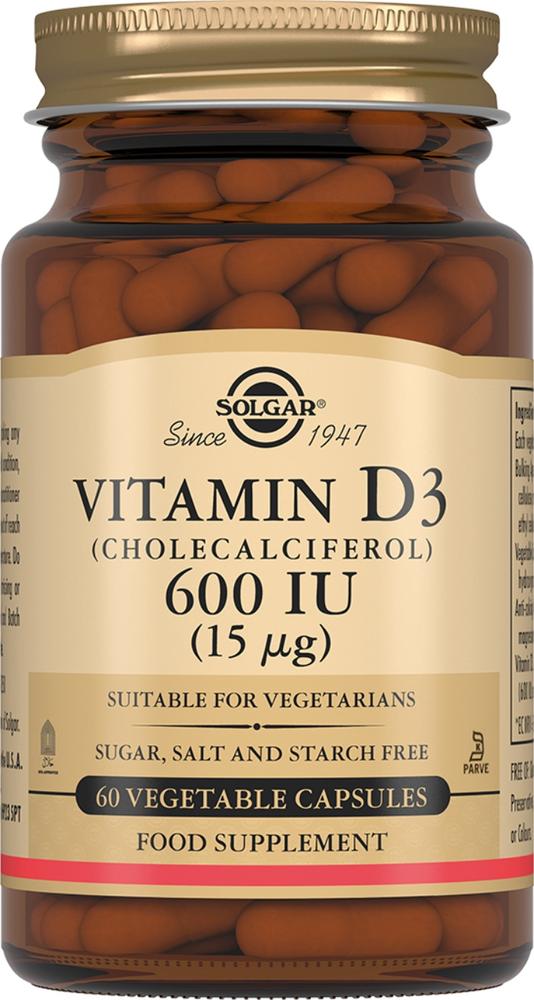
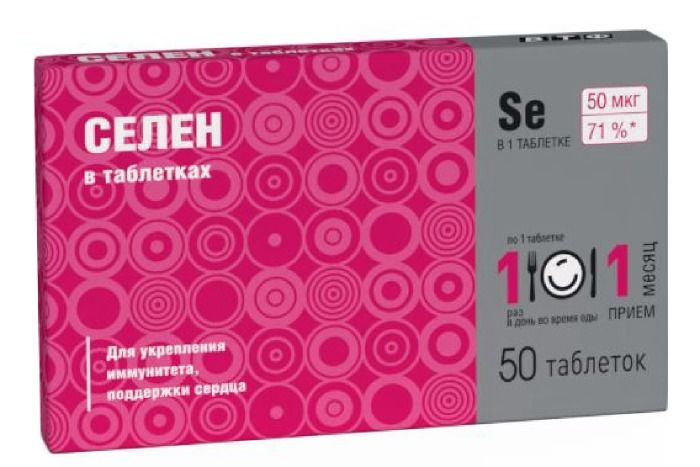
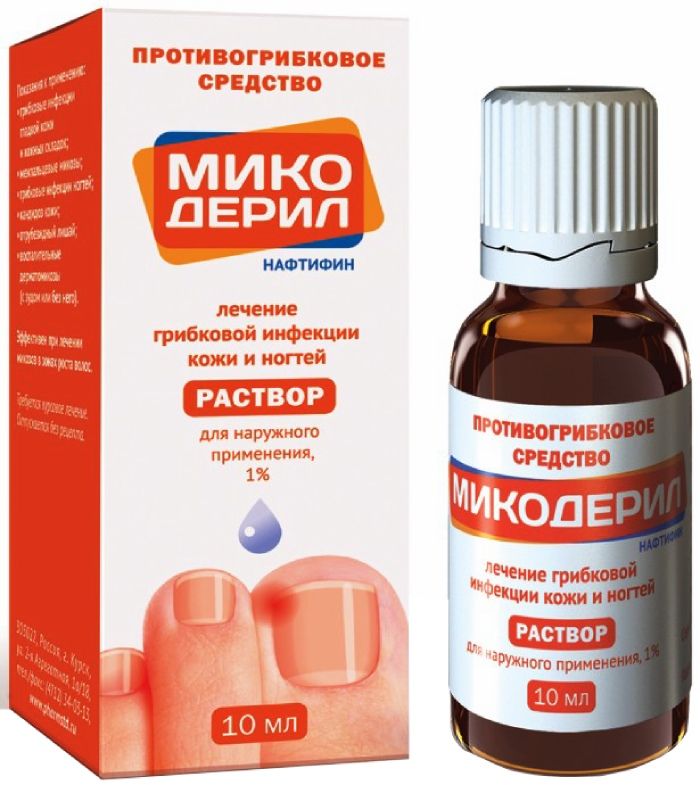

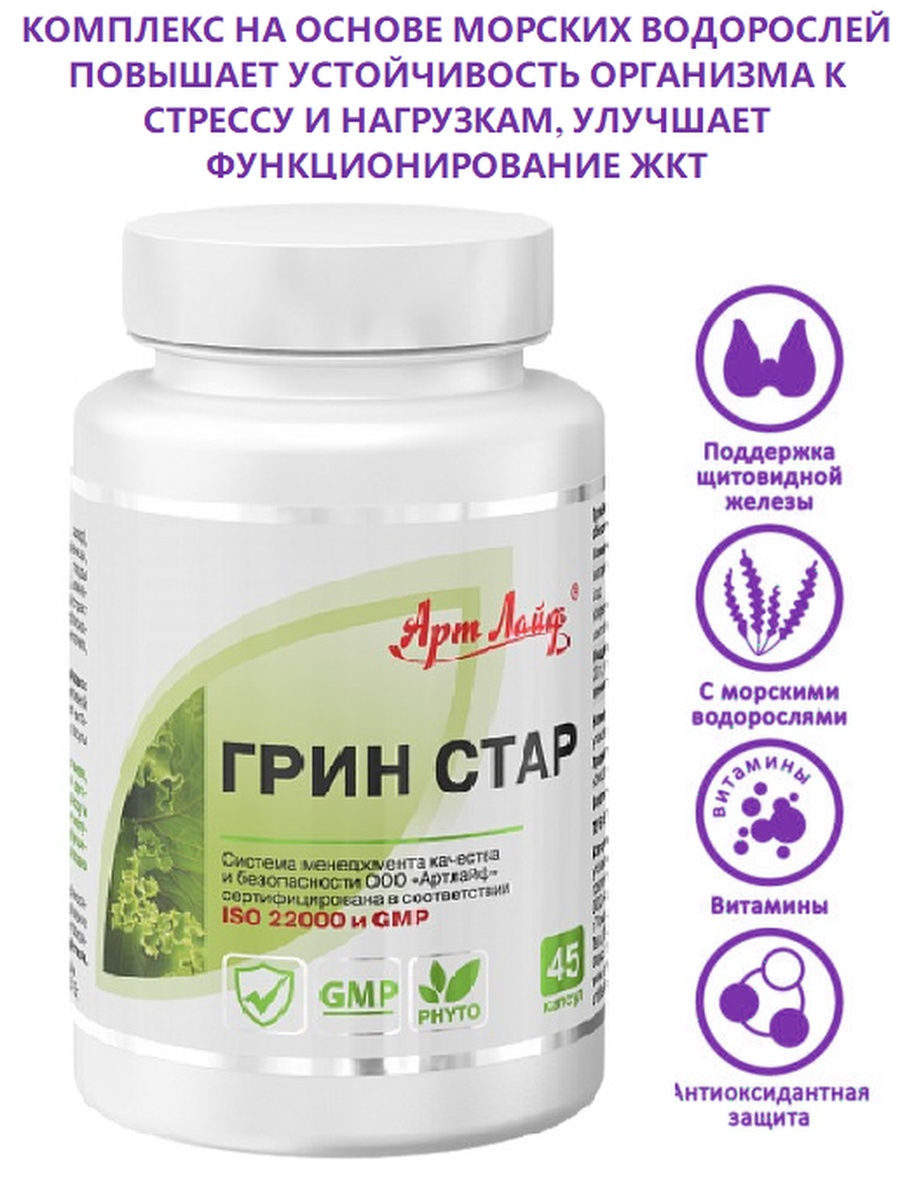

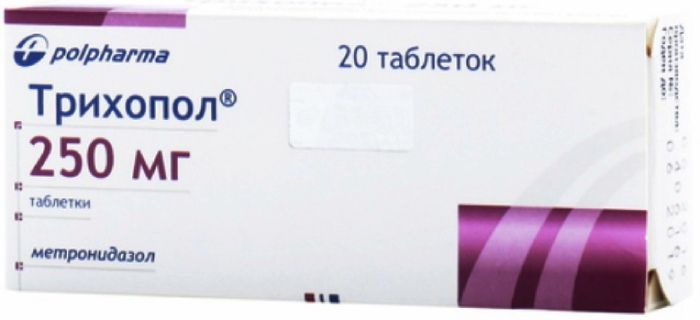




There are no reviews yet.